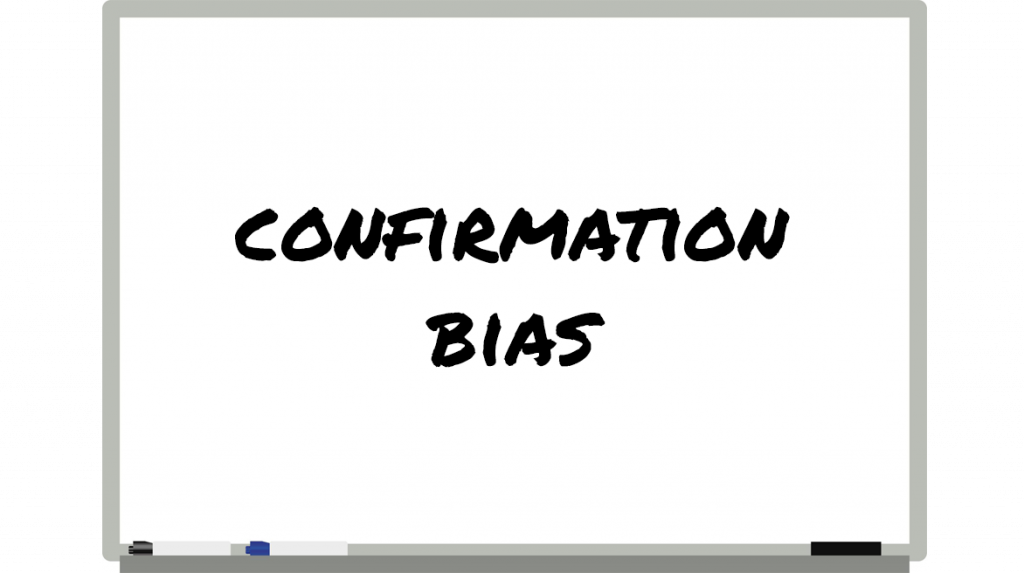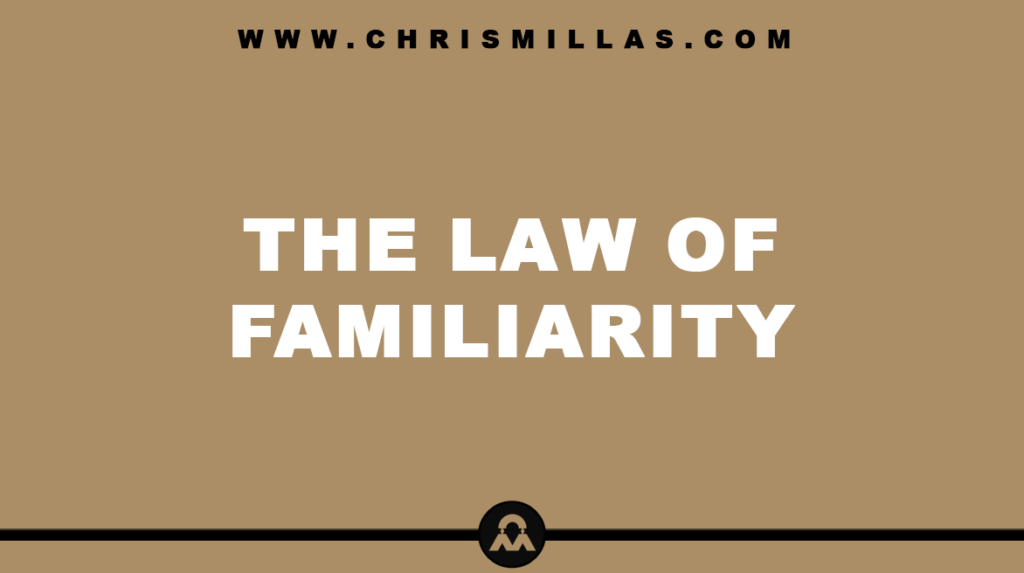In this post, we’ll unpack all you need to know about Confirmation Bias, defining exactly what it is, its adaptive role in evolution, how it influences our behaviour, how to overcome it and more.
What Is Confirmation Bias?
Confirmation Bias (CB) refers to the tendency for humans to accept information that is consistent with their existing beliefs and reject information that is not. More simply, we find what we’re looking for.
It is why we accept information that aligns with our Model Of The World and reject information that doesn’t.
The Evolutionary Perspective
From an evolutionary perspective, Confirmation Bias evolved as a mental shortcut to help us make decisions and solve problems more quickly.
For our ancient ancestors, accepting information that confirmed their initial beliefs ultimately enhanced their ability to survive and reproduce.
However, while we live in Modern Age times, we still bear Stone Age Minds.
“The human understanding when it has once adopted an opinion, draws all things else to support and agree with it. And though there be a greater number and weight of instances to be found on the other side, yet these it either neglects and despises, or else by some distinction sets aside and rejects.” — Francis Bacon
Confirmation Bias & Your Brain
There is a part of the brain known as the Reticular Activating System (RAS). It determines what you notice and what you ignore based on what is relevant to you.
Therefore, whatever beliefs we have about ourselves and the world, the brain acts as a filter to find information that validates those beliefs, for better or for worse.
How Confirmation Bias Influences Our Behaviour
Confirmation Bias is so automatic that we barely even notice its influence.
It impedes our search for truth by distorting our perception. It is why two people with opposing views on a topic can see the same evidence and both come away feeling validated by it.
In The Web of Belief, Willard Van Orman Quine writes: “The desire to be right and the desire to have been right are two desires, and the sooner we separate them the better off we are. The desire to be right is the thirst for truth. On all counts, both practical and theoretical, there is nothing but good to be said for it.”
He goes on: “The desire to have been right, on the other hand, is the pride that goeth before a fall. It stands in the way of our seeing we were wrong, and thus blocks the progress of our knowledge.”
“The most difficult subjects can be explained to the most slow-witted man if he has not formed any idea of them already; but the simplest thing cannot be made clear to the most intelligent man if he is firmly persuaded that he knows already, without a shadow of doubt, what is laid before him.” — Leo Tolstoy
How To Overcome Confirmation Bias
The key to overcoming Confirmation Bias ultimately is to look at the world objectively.
By perceiving the world through the lens of objectivity, we empower ourselves with the ability to see reality as it actually is rather than how we think it is. This is what it means to “seek truth.” Just like anything, this is a skill and one that can be mastered with practice.
Summary
Confirmation Bias is the human tendency to give more weight to information that confirms our existing beliefs. It evolved as a survival mechanism so that we could make decisions that enhanced our survival quickly and efficiently.
The key to overcoming Confirmation Bias is to look at the world objectively. In doing so, we arm ourselves with the ability to see reality as it is, rather than how we think it is.







